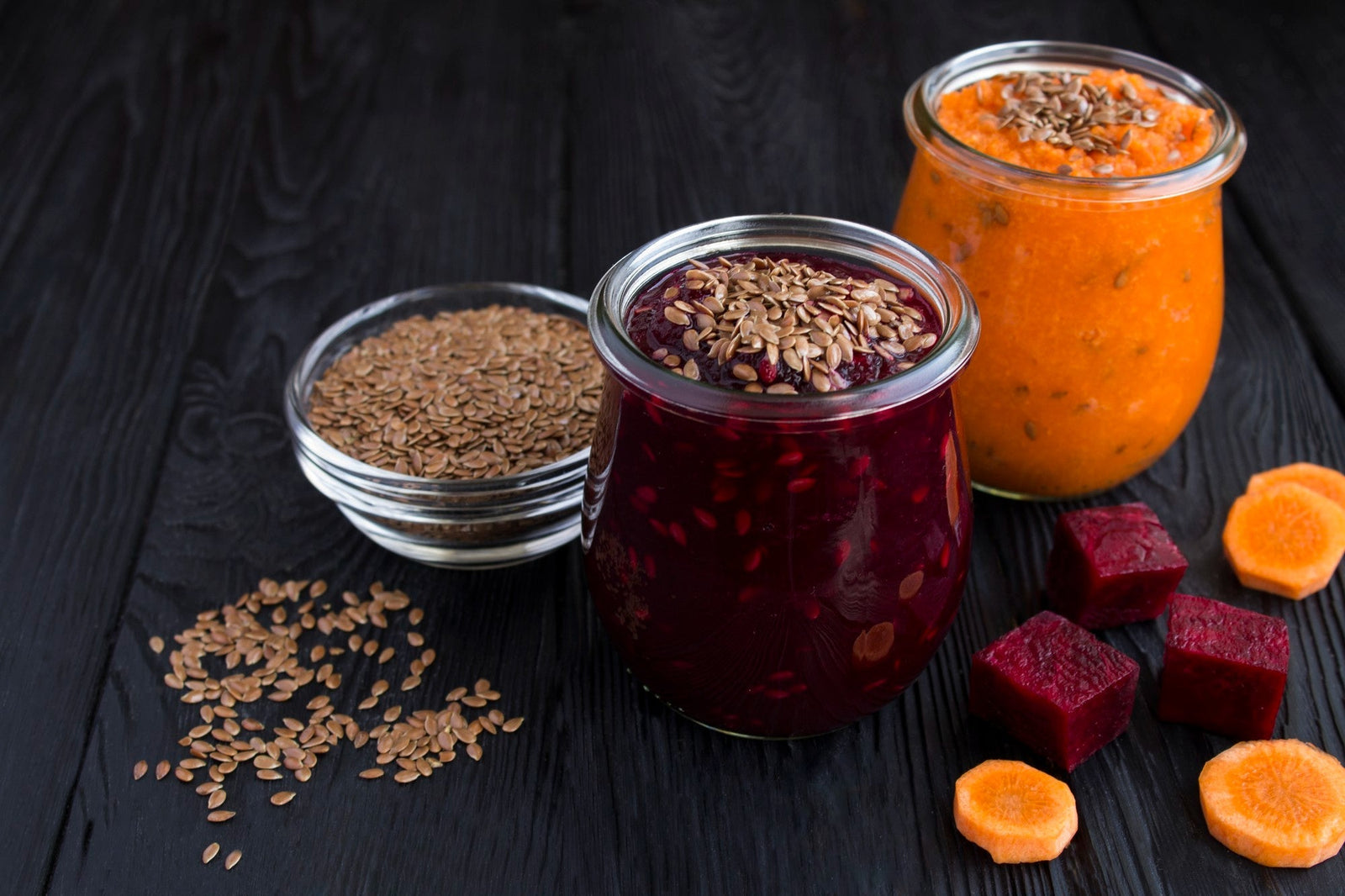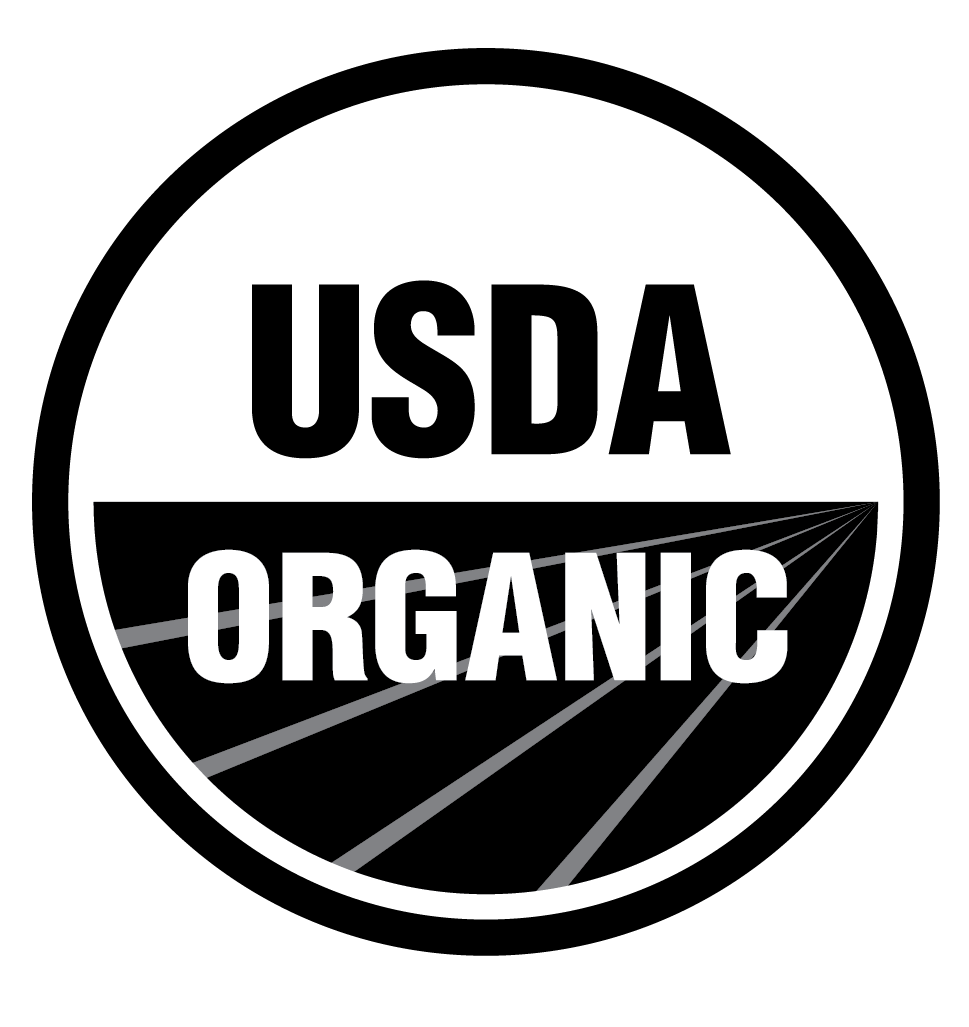
March 14, 2023 3 min read
A gluten-free cereal known for its distinct flavor and a host of health advantages, buckwheat has become more and more popular in recent years. It is frequently substituted for wheat in recipes and is a component of many regional cuisines all over the globe. We will examine buckwheat's nutritional profile and health advantages in this piece.

Buckwheat is not a type of wheat or a cereal grain, despite its moniker. Actually, it is a fruit seed linked to rhubarb and sorrel. Although buckwheat is grown all over the globe, it is most frequently linked to Russia, China, and Japan. It is frequently used to create flour, which is then used to produce a variety of baked goods as well as salads, soups, and other foods.
A nutrient-dense food that is high in vitamins and minerals and nutrients is buckwheat. Some of the essential vitamins and minerals in buckwheat include:
Because buckwheat has a low glycemic index, blood sugar levels do not increase quickly after eating it. This makes it an excellent option for those who have diabetes or want to keep their blood sugar levels stable.
Due to its low glycemic index, buckwheat does not quickly raise blood sugar levels. For those with diabetes or those wishing to keep their blood sugar levels steady, this makes it a good option.
Buckwheat is a good source of fiber, which helps keep the digestive system functioning properly. It also contains resistant starch, which is a type of carbohydrate that resists digestion and can help improve gut health.
Buckwheat contains several nutrients that have been shown to help prevent heart disease, including magnesium and potassium. It also contains compounds called lignans, which have been shown to have anti-inflammatory and antioxidant properties.
For those trying to control their weight, buckwheat is a low-calorie meal that is also high in fiber and protein. It might keep you from overeating by keeping you content and full.

There are many ways to incorporate buckwheat into your diet. Here are some ideas:
Pancakes, bread, and muffins are among the baked products that can be made with buckwheat flour.
Buckwheat groats can be cooked like rice or quinoa and used in salads, soups, or as a side dish.
Buckwheat noodles, also known as soba noodles, can be used in stir-fries, soups, or salads.
Buckwheat can also be used as a substitute for rice or other grains in recipes.
While buckwheat is generally considered safe and nutritious, there are some potential drawbacks to be aware of:

Buckwheat is a versatile and nutritious food that can provide a range of health benefits. Because of its abundance in protein, fiber, vitamins, and minerals, it may help avoid heart disease, manage weight, lower cholesterol, control blood sugar, and improve digestion. Buckwheat is a fantastic option for those seeking to broaden their dietary options or those with gluten sensitivities because it can be easily incorporated into a variety of recipes. As with any food, it's essential to know if there are any allergies or other issues, and to eat it in moderation as part of a balanced diet.
❤ Try our USDA certified Buckwheat ❤
Related Blogs:
Comments will be approved before showing up.

January 27, 2025 3 min read
Flaxseed, the tiny yet powerful superfood, is packed with nutrients that can support weight loss. From curbing hunger to stabilizing blood sugar, this guide dives into the science of how flaxseed can help you shed those extra pounds.

December 11, 2024 3 min read
Discover three quick and easy soup recipes featuring organic small red beans. From a classic vegetable soup to a creamy potato blend, these wholesome recipes are perfect for chilly days and busy weeknights. Packed with flavor and nutrition, these soups will warm your heart and soul this winter!

December 06, 2024 3 min read
This vibrant and nutritious Green Lentil Salad combines tender lentils with grilled chicken, fresh vegetables, and a zesty lemon dressing. Packed with protein, fiber, and essential vitamins, it’s the perfect healthy meal for any time of day.
© 2025 Be Still Farms- Real, Fine Organics.
Privacy | Terms | Refund Policy | Organic Certification
